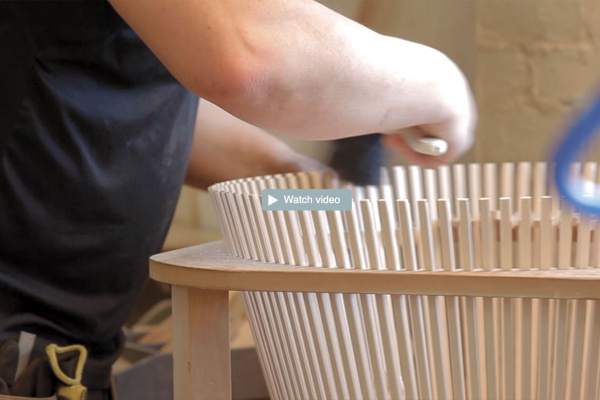
Our story
The acclaimed Secto Design lamps were born of a genuine need, the innovative use of wood material and skilled craftsmanship. Lue lisää ›
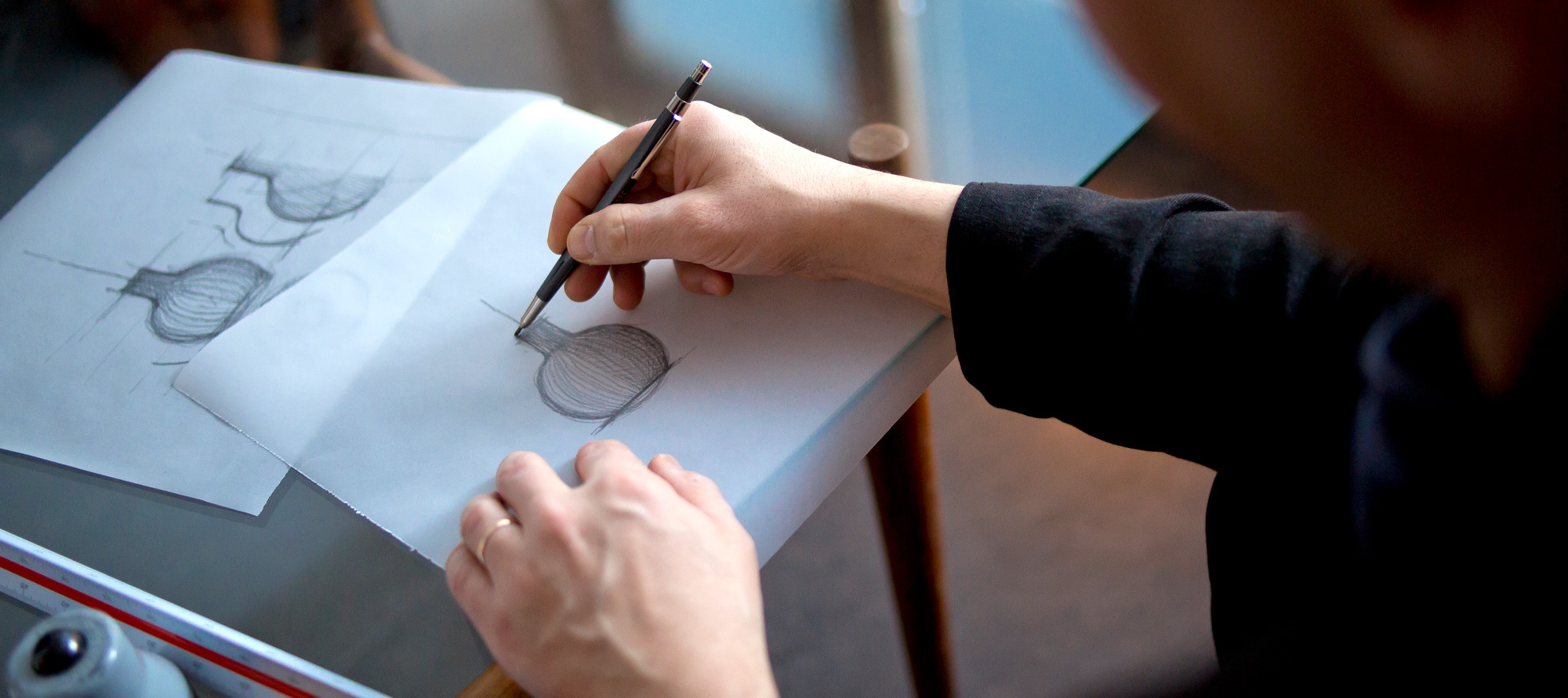
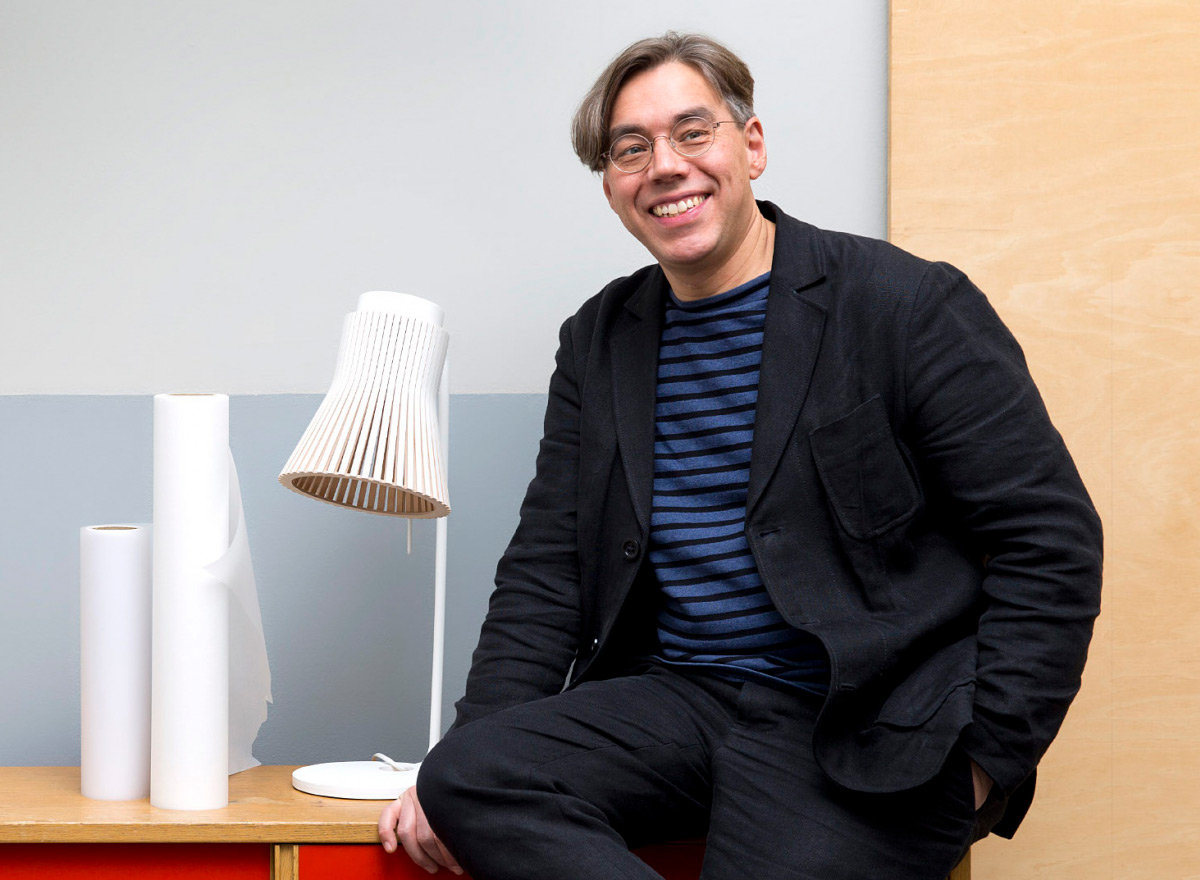
Seppo koho has designed the majority of Secto Design lamps.
Secto Design has collaborated closely with architect Seppo Koho (b. 1967) since the company’s founding in 1995 — initially on furniture and, from 2002 onwards, exclusively on lamps. A promising interior designer freshly graduated from the University of Art and Design Helsinki at the start of the collaboration, Koho later expanded his expertise by earning an architecture degree from Tampere University of Technology. Today, he is an internationally recognised lighting designer, running his own design studio.
Koho’s architectonic touch is evident throughout the Secto Design lighting collection. He describes his lamps as illuminated spaces viewed from the outside — much like cosy houses radiating a warm glow on a dark evening. Versatile and timeless, the luminaires suit both public and private interiors, embodying the principles of good design that have guided the company’s philosophy from the very beginning.
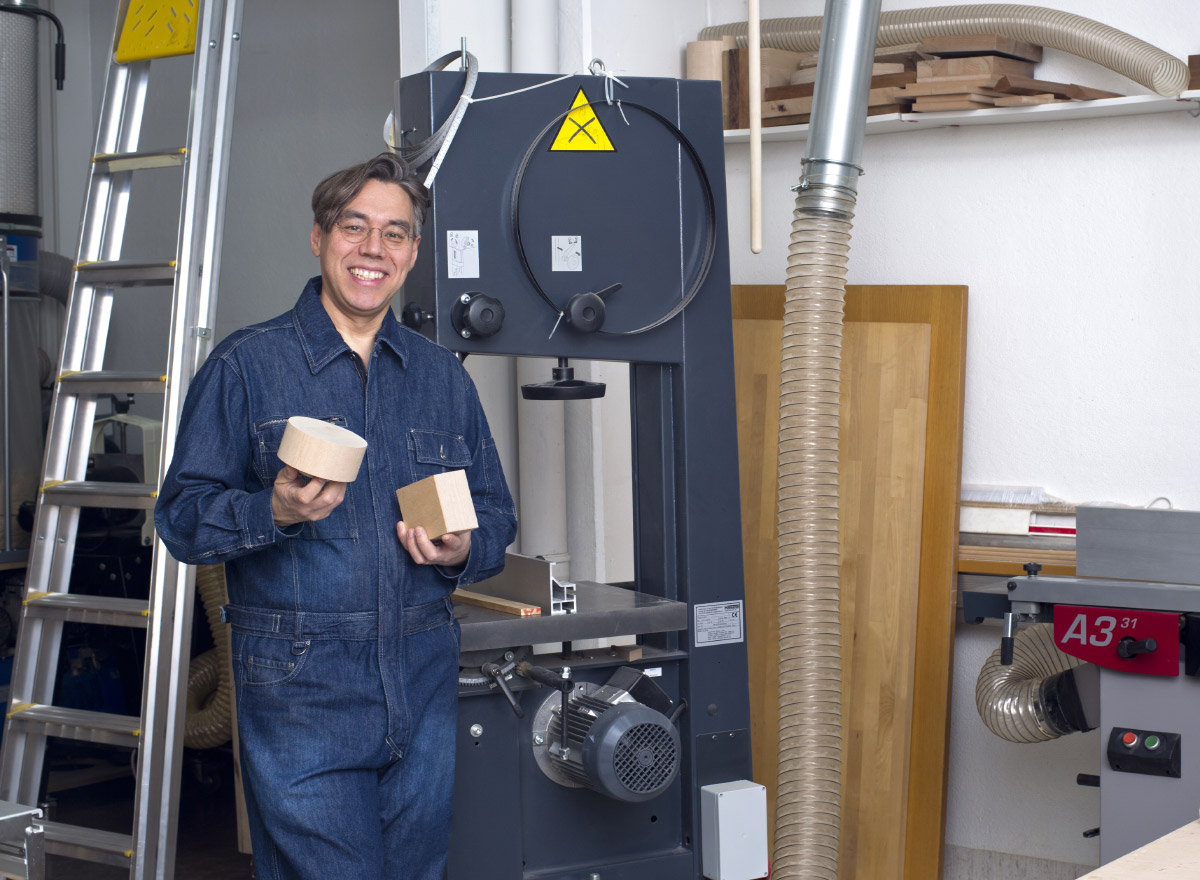
Seppo Koho makes the first prototypes by hand.
Seppo Koho not only designs the lamps but also handcrafts the first prototypes himself. He has always been fascinated by wood and the possibilities it offers as a living material. Crafting a wooden prototype of a new lamp often resolves design challenges that no computer drawing can solve.
Koho aims to create lamps that provide harmonious light without the harsh glare of visible bulbs. In all Secto Design lamps, the light source is hidden, allowing the light itself to emerge through soft, intricate patterns on surrounding surfaces. The play of light and shadow, combined with the warmth of birch, gives Koho’s minimalist designs their poetic allure — a quality that continues to captivate people around the world.
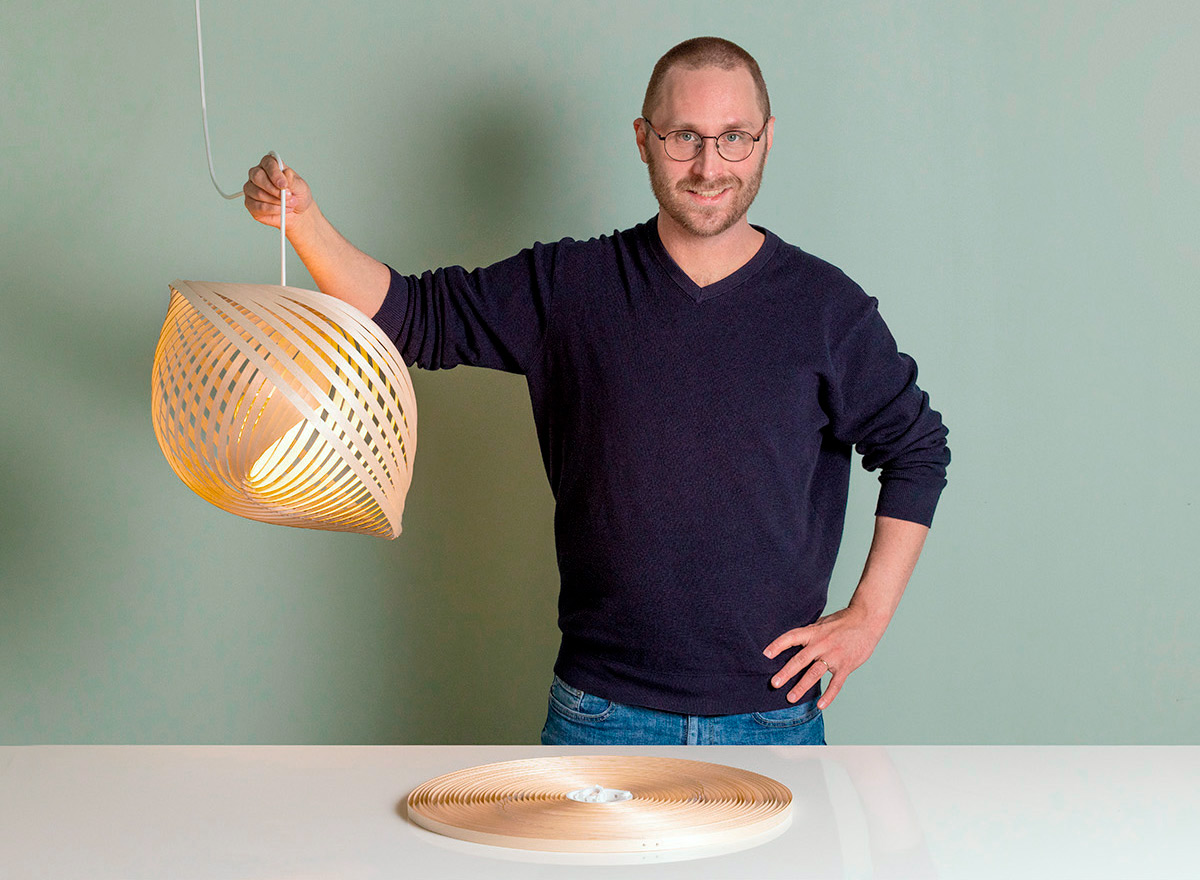
Adilo, a flat-packed pendant lamp, emerged through exploration and perseverance.
The collaboration between Secto Design and Ilkka Kauppinen (b. 1988) builds on shared values of integrity, craftsmanship, and experimentation. Trained first as a wood artisan in Joensuu and later as an industrial designer at the LAB Institute of Design and Fine Arts, Kauppinen approaches each project with equal measures of precision and curiosity. These roots in hands-on making continue to define his practice, where physical prototyping is not merely a tool but a way of thinking.
Having explored everything from urban farming to greenhouse technology, Kauppinen describes his career as an ongoing experiment — one that includes missteps, small victories, and, ultimately, the Adilo pendant lamp, developed in partnership with Secto Design and launched in 2025.
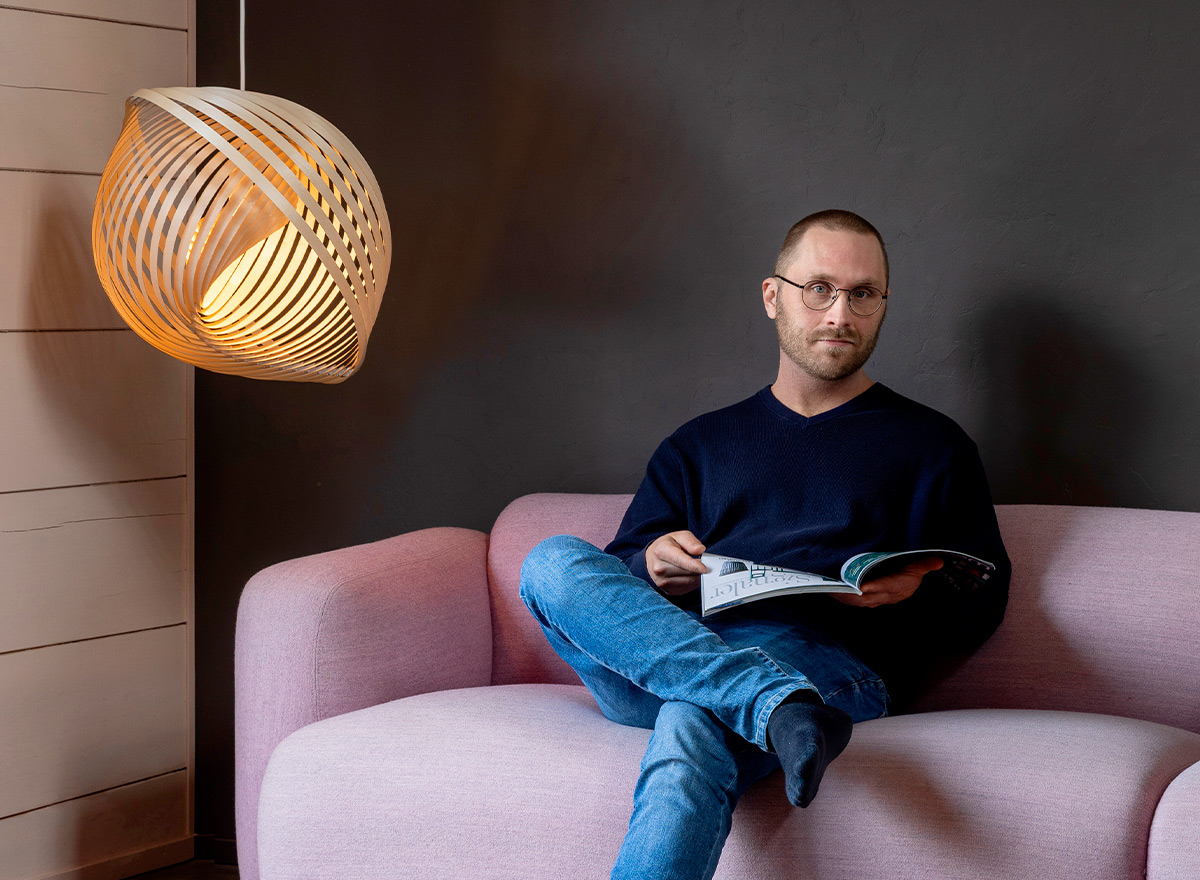
Ilkka Kauppinen’s curious mind and openness guide his approach to design.
Kauppinen’s design process begins with a hypothesis, which he tests through sketching, modelling, and, above all, building. Prototypes are essential to discovering how an object behaves in space — something that can never be fully understood through drawings or virtual models alone. The process often challenges intuition, revealing unexpected truths and reshaping the original concept.
Central to his work is the use of wood, chosen for both its structural and aesthetic properties. In the Adilo lamp, the pale surface of the ultra-thin birch plywood softly reflects and diffuses light, shielding direct glare while allowing a warm glow to pass through. The result is an inviting atmosphere that suits both public and private settings – a testament to his belief in design that enlightens in multiple ways. “I want people to experience wonder and moments of insight. The world truly is wondrous”.

The acclaimed Secto Design lamps were born of a genuine need, the innovative use of wood material and skilled craftsmanship. Lue lisää ›
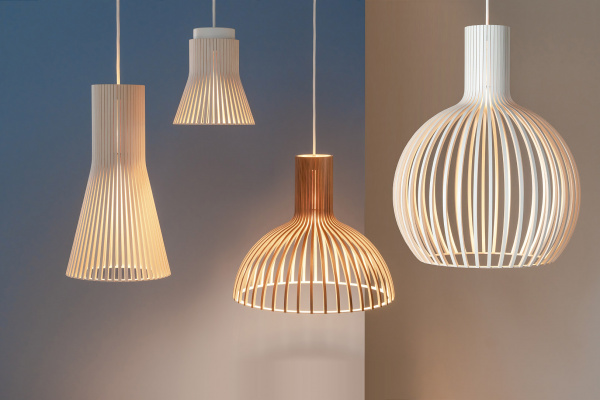
Secto Design lamps are praised for their innovativeness. All the technical details in the Secto Design lamps are carefully considered. Lue lisää ›

We want to lead the way in responsible lighting manufacturing. Here you can find our ways to reduce Secto Design’s environmental impact. Lue lisää ›
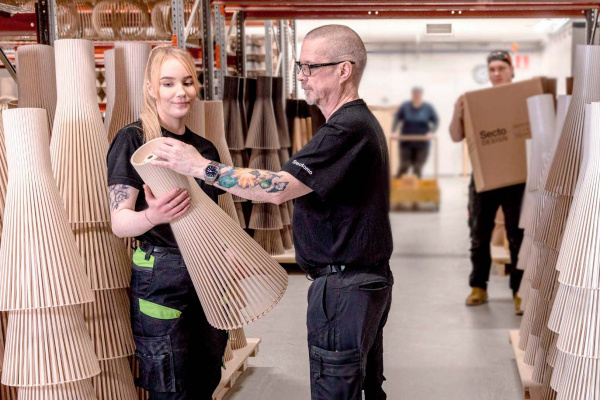
Besides being beautiful, Secto Design lamps are also ethical and ecological. Please acquaint yourself with our values, production and impact on the society. Lue lisää ›
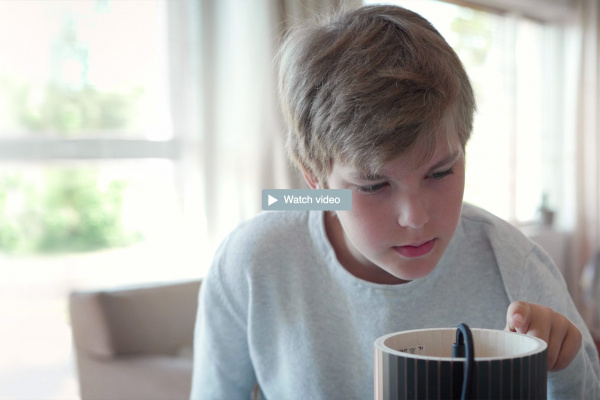
The Secto Design lamps have been found worthy of a place in many homes worldwide. Follow the journey of an authentic Octo lamp from the factory to its new owners and witness the joy of bringing home an authentic Octo pendant. Lue lisää ›

Birch is the national tree of Finland and a perfect material for the Secto Design lamps thanks to its strong and resilient fibers. Lue lisää ›
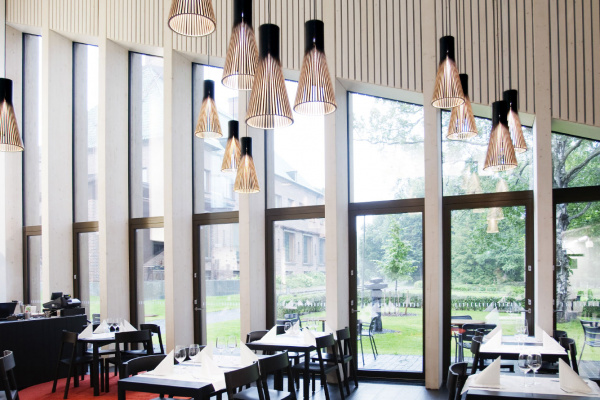
The timeless look of the Secto Design lamps is suitable both for home and public interiors in different styles. The iconic wooden lamps are appreciated around the world and shipped to over 80 countries. Lue lisää ›
Loading form